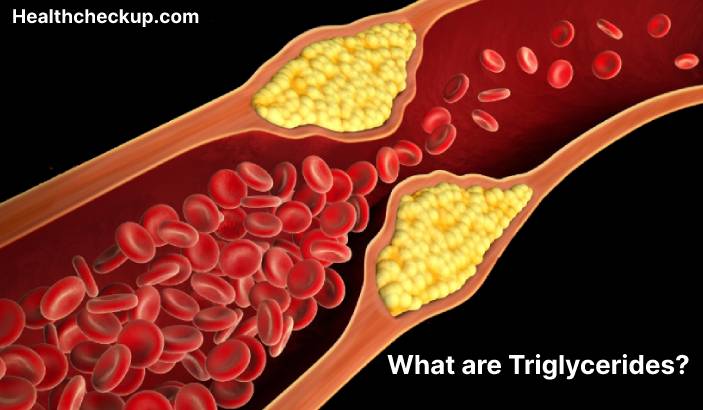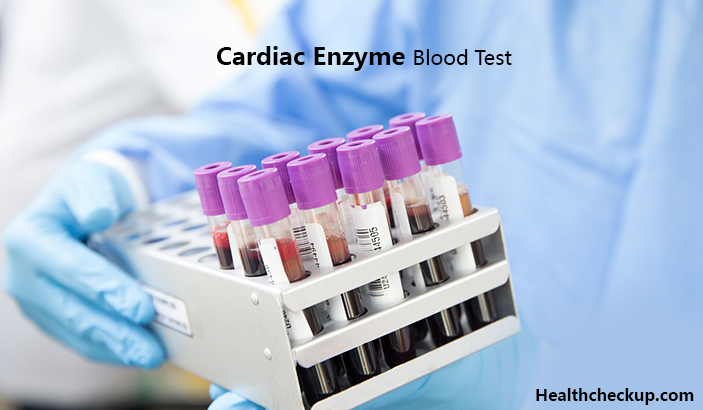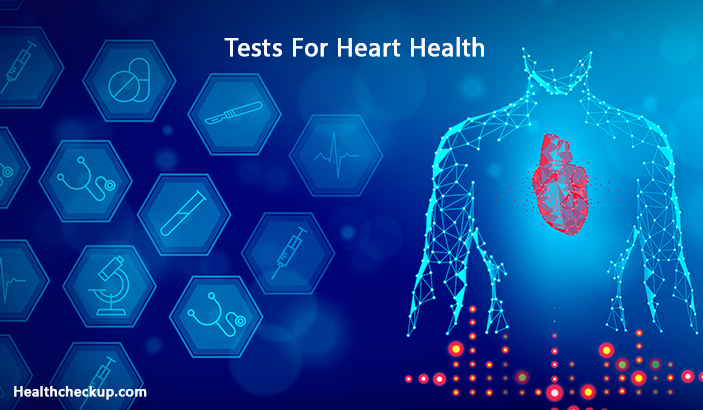Triglycerides are a type of fat found in the bloodstream that the body uses as a source of energy. Triglyceride levels are measured through a blood test, and the results are used to determine a person’s risk for certain health problems, such as heart disease. In this article, we will explore the different levels of triglycerides (high, low, and normal range) and the potential health implications of each level.
High Triglycerides
High triglycerides, also known as hypertriglyceridemia, is a condition in which there are too many triglycerides in the bloodstream. Triglyceride levels are typically considered high if they are above 150 milligrams per deciliter (mg/dL). High triglycerides can increase the risk of certain health problems, such as heart disease, stroke, and pancreatitis.
There are several factors that can contribute to high triglycerides, including diet, lack of physical activity, obesity, genetics, certain medical conditions, and certain medications. A diet that is high in calories, saturated fat, and refined carbohydrates can contribute to high triglycerides. Lack of physical activity, obesity, and certain medical conditions, such as diabetes and kidney disease, can also increase the risk of high triglycerides. Some medications, such as birth control pills and steroids, can also increase triglycerides.
Symptoms of high triglycerides are usually not present, but in some cases, high triglyceride levels can lead to pancreatitis, which is a serious and potentially life-threatening condition that causes inflammation of the pancreas. Symptoms of pancreatitis include abdominal pain, nausea, and vomiting.
Treatment for high triglycerides include lifestyle changes, such as a healthy diet and regular physical activity, and medication, such as statins, fibrates, and omega-3 fatty acids. It is important to work with a healthcare provider to determine the best treatment plan.
Low Triglycerides
Low triglycerides, also known as hypolipidemia, is a condition in which there are too few triglycerides in the bloodstream. Triglyceride levels are typically considered low if they are below 50 mg/dL. While low triglycerides are generally considered to be healthy, there are some potential health implications of low triglycerides.
One potential health implication of low triglycerides is malnutrition. Triglycerides are an important source of energy for the body, and low levels indicate that the body is not getting enough nutrients. Low triglycerides can also be a sign of certain medical conditions, such as liver disease or an underactive thyroid.
In some cases, low triglyceride levels are caused by a genetic condition or by taking certain medications, such as fibrates or statins. It is important to work with a healthcare provider to determine the cause of low triglycerides and to determine the best course of treatment.
Normal Triglycerides
Normal triglycerides are considered to be in the range of 50 to 150 mg/dL. Triglycerides in this range are generally considered to be healthy and do not increase the risk of certain health problems, such as heart disease. However, it is still important to maintain a healthy lifestyle, including a healthy diet and regular physical activity, to help maintain normal triglycerides.
Conclusion
Triglycerides are a type of fat found in the bloodstream that the body uses as a source of energy. High triglycerides, or hypertriglyceridemia, is a condition in which there are too many triglycerides in the bloodstream and can increase the risk of certain health problems, such as heart disease and stroke. Low triglycerides, or hypolipidemia, is a condition in which there are too few triglycerides.








